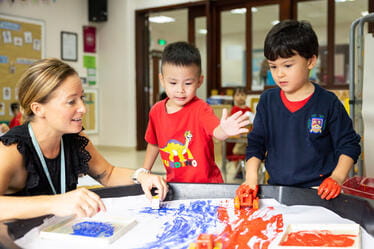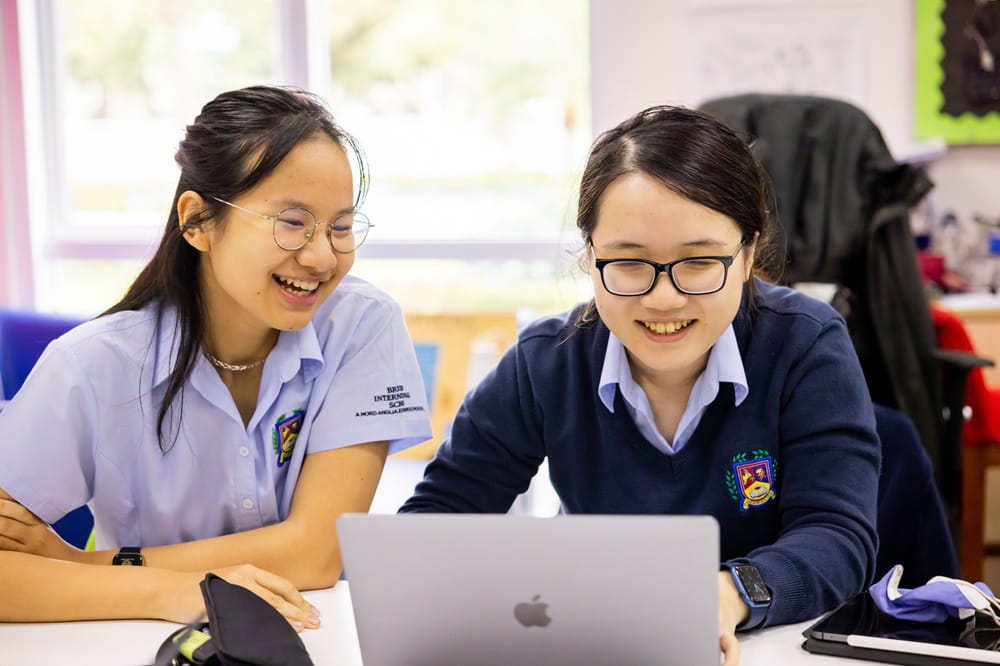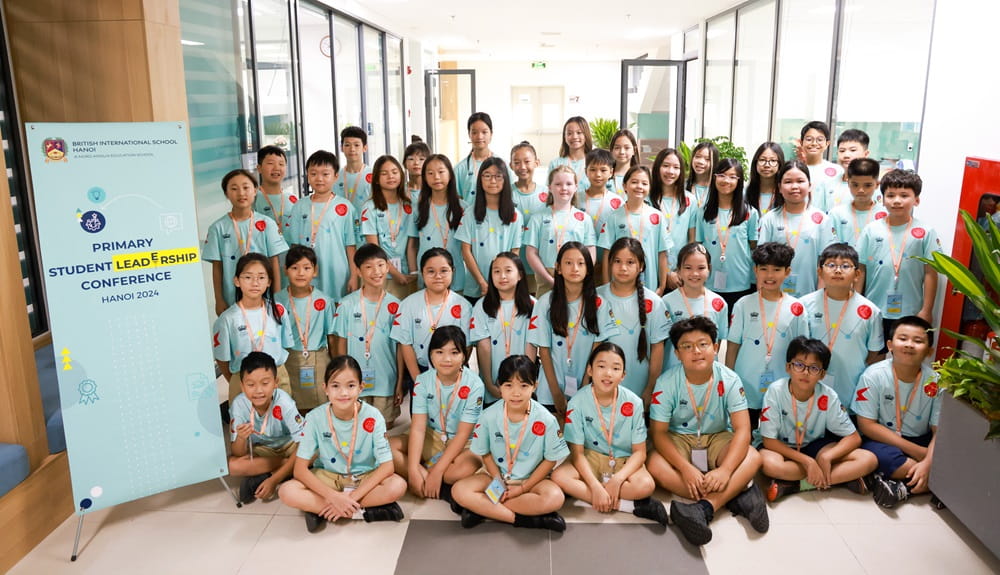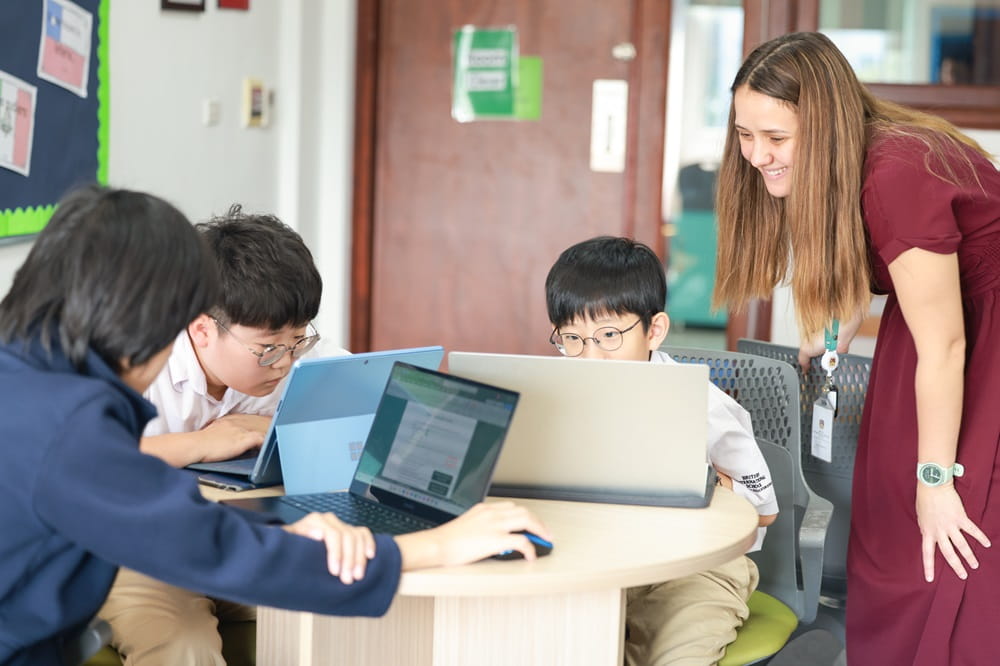Is traditional schooling doing enough to prepare students for tomorrow's jobs?
By Andrew Fitzmaurice
Your education is all too often evaluated by asking “Where did you go to school?” rather than asking “What did you learn in school?” Instead of validating learning through legacy, we should judge the quality of an education by how well it prepares students for future challenges in a globalised world. As time goes on, even more jobs will become automated. Students will not only compete with each other, but also with technology programmed to do current day tasks. As educators we should ask ourselves whether or not we are doing enough to keep students ahead of this new reality as well as the many other challenges they will face when graduating.
Subjects traditionally taught in school were conjured up generations ago, built on concepts that are not always relevant to facilitating success in the 21st century. The skills and knowledge needed in our ever changing world often exist at the cross section of subjects and how they are applied to solve real-world problems.
We know that innovation frequently comes from the intersection of academic disciplines. Some of the most innovative companies like Tesla Motors, have mastered the marriage between engineering and design. Yet subjects such as maths, science and arts continue to be taught individually in classrooms. In other words, we should reinvent education so it applies to our modern world and break out of traditional schooling.
The Massachusetts Institute of Technology (MIT) is helping lead the way in this transformation. As one of the world’s most influential universities, MIT is ensuring that interdisciplinary learning and solving real world problems are at the core of its offering. A great example of this is MIT’s efforts to integrate cancer research bringing together biological scientists and engineers with nanotechnology to help find cures. The relationship between the two disciplines is symbiotic, and at their juncture is where some of the most innovative and impactful research in cancer is taking place. Another example of cross-disciplinary discoveries that verge on science fiction is MIT’s work that uses viruses to build and install microbatteries in living organisms.
Of course, higher education should not be alone in this endeavour. Primary and secondary schooling should also be looking at how we can develop cross-departmental, collaborative learning environments.
At Nord Anglia, we recently announced a new collaboration with MIT to enhance our science, technology, engineering, arts and mathematics (STEAM) programme. Together with MIT’s academic staff, we are developing a series of hands-on exercises for students including bioengineering, robotics, and computer coding. This summer a group of 50 of our teachers from Nord Anglia schools around the world will spend a week at MIT developing a project to analyse climate change for their students.
Nord Anglia’s teachers and students will also spend time every year immersed in STEAM workshops with leading academics at the annual Cambridge Science Festival at MIT. These exercises will give our students a leading edge by developing critical thinking and a practical, hands-on approach to problem solving with the most current discoveries in STEAM.
The reason for these initiatives – as with our on-going collaboration with The Juilliard School – is both to inspire our students, and to instil in them the skillset they will need to prosper in an uncertain world. We are delighted to be collaborating with two of the world’s most influential higher education institutions.
For our children, technological advancement and an ever changing world will present both huge challenges and huge opportunities. As educators, ensuring that students are equipped to capitalise on these opportunities is our responsibility. By developing interdisciplinary education systems, we can meet this obligation.






